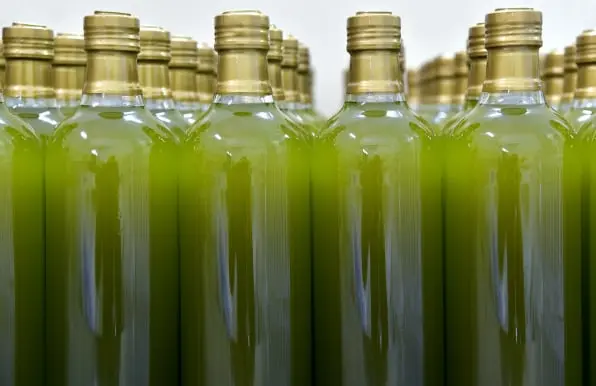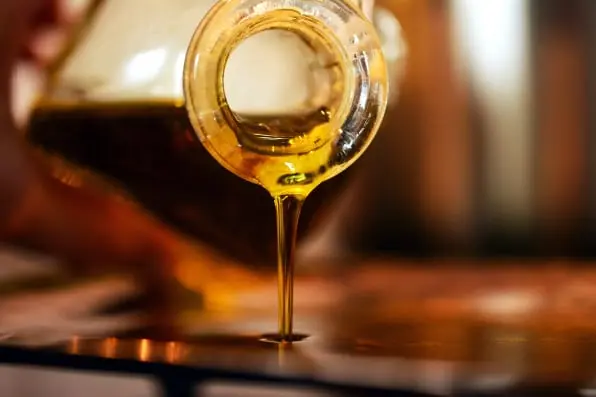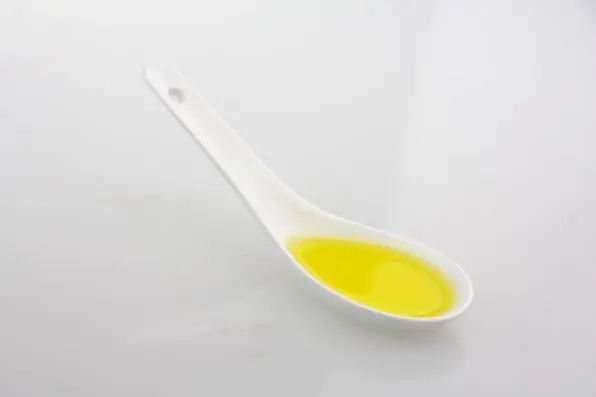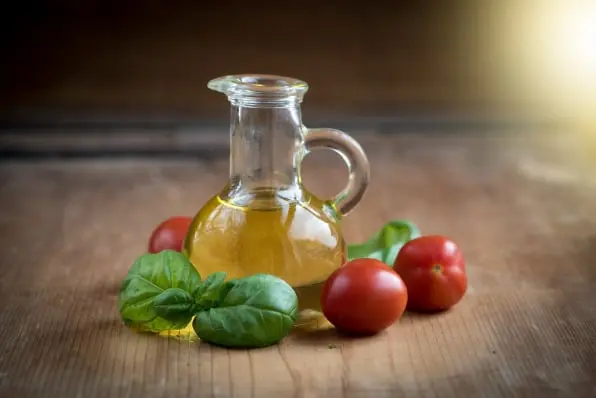Olive Traceability app
Olive oil Traceability app and Traceability: maintain maximum olive oil quality both before pressing and after, consistent olive oil testing and quality maintenance

Olive oil Supplier Traceability & management
Everything you wanted to know about traceability
What is traceabillity where extra virgin olive oil is concerned? What are the aims? How can it be of benefit to the consumer? Read this post and discover the answers to these questions.
It has to be admitted that it’s a concept that has to be present in all foodstuffs. And of course, olive oil is a foodstuff. What we’re going to see in this post is how traceability can be of benefit to the final consumer. But also how it affects us as producers of extra virgin olive oil.
In first place, and to take it step by step, we’re going to look at the definition. We could say that it’s a system of analysis which permits all those involved in the process of producing extra virgin olive oil to know exactly which steps have been followed before and until this foodstuff reaches the table of the final consumer.
So, what we’re saying without risk of being wrong is that we’re speaking of a full identity card of extra virgin olive oil. And that this document exerts rigid control over all foodstuffs.
For our Masía El Altet extra virgin olive oil to reach the final consumer, it follows a long complex route during the process of production. Thanks to this system of traceability, it’s possible to track each and every one of the processes. This system has been implemented by both national governments and the European Union.

Olive oil Traceabilitys during production
View App Specifications.
A survey was launched to understand the current problems and sensitivities of the olive oil market through a series of questions clustered around topics related to quality, traceability, regulation, standard methods and other issues. The questions were selected after a series of interviews with different actors to identify those aspects where some disagreement or different points of view may exist. These questions were grouped in topics such as geographical traceability, consumer perception and quality management. The survey was addressed to eight different olive oil actors independently: producers, retailers, importers, exporters, analysts, workers at regulatory bodies, and consumers. Approximately half of the respondents (67.0% for consumers and 56.0% for the rest of olive oil actors) claimed to understand the importance of the protected designation of origin. In fact, the traceability objectives that were selected as the most relevant were those related with geographical traceability (19.3%) followed by the detection of adulteration (15.6%). Most of the respondents (80%) would agree to share data for a common database; however, some concerns exist about the use of these data and the issue of paying to have access to this database. The respondents mostly expressed an affirmative answer concerning the efficiency of panel test (74%) and a negative answer (90%) concerning the proposal of removing from regulation, although 42% agree with their revision for improvement. The opinions on “best before” date and their relationship with quality and the willingness to apply non-targeted methods were also surveyed.

Olive oil Traceability & management
Olive oil is a staple ingredient in Mediterranean cuisine but also a symbol of quality, authenticity, and health. To truly appreciate and make informed choices about your olive oil, it is important to understand the origins and traceability of your olive oil. Let’s learn more!
Traceability refers to the ability to track a product through all stages of production, processing, and distribution. Here are a few reasons why traceability matters:
Quality Assurance: Traceability allows you to know where and how the olives were grown, harvested, and processed. This information is important because the quality of olive oil is directly influenced by factors such as the variety of olives, cultivation practices, harvesting methods, and the extraction process.
Authenticity and Purity: Olive oil fraud involves mixing lower-quality oils with extra virgin olive oil or mislabeling the oil's origin altogether. With traceability, you can verify the authenticity and purity of the olive oil you purchase. It allows you to trace the oil back to the specific groves and producers.

Daily Olive oil factory hygiene checklist
Traceability consists of documented proof of the identity of a product and the responsibilities involved in the production chain ‘from the field to the consumer's table’. Traceability is based on documenting material balances through discrete batch monitoring and management. Four steps are described as the basic frame of any possible traceability scheme of extra-virgin olive oil: harvesting batches, milling batches, storage batches and packaging batches. The role of analytical fingerprinting of batches is a complementary, not an alternative, tool for extra-virgin olive oil traceability.
Traceability refers to the the ability to discover information about where and how a product was made. Traceability is important because food fraud for economic gain has cursed the food industry throughout history. Some of the earliest reported cases of food fraud, dating back thousands of years, involved unsurprisingly olive oil.
Extra virgin olive oil (EVOO) is still a suitable and favourite target for fraudsters, its nutritional value and its health benefits make it a valuable commodity and consequently it is sold at a high price on the market and increasing prices and relatively low consumer capabilities to detect inauthentic olive oil create an appealing crime opportunity.
There are many national and international regulations that aim at increasing the traceability of EVOO for fraud repression as well as for customer and brand protection. There are also constantly evolving production and labelling regulations to try and control authenticity and insure quality standards.
Despite all these positive efforts, regulations and strict protocols it is undeniable that the more bodies lie between the producer and the consumer, the more difficult it will be to trace and certify a product for what it is and for where it comes from. Like most things in life if we demand to someone else the responsibility or our choices we may fall victim to conflicts of interest and in worst cases to fraud.